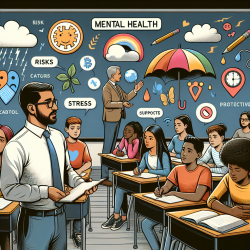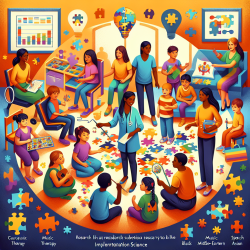Understanding the Data: A Call to Action for Educators
Recent research titled "Risk and Protective Factors Associated with Suicidal Thoughts and Behaviors Among Maryland Middle School Students" highlights a pressing issue: the prevalence of suicidal thoughts and behaviors (STB) among young adolescents. This study, which analyzed data from nearly 27,000 Maryland middle school students, found that 23% reported lifetime suicidal ideation, and 9% reported lifetime attempts. These alarming statistics underscore the urgent need for educators to implement evidence-based interventions and policies in school settings.
Key Findings and Implications
The study identified several independent risk factors associated with STB, including depression, substance abuse, violence involvement, bullying, sexual activity, and sleep deprivation. Conversely, protective factors included having a trusted adult outside of school and feeling supported by teachers. These findings suggest that schools play a critical role in both identifying at-risk students and providing the necessary support to prevent STB.
Actionable Strategies for Educators
Based on these findings, educators and school administrators should consider the following strategies:
- Training and Resources: Ensure that all school personnel are trained to recognize the signs of STB and are equipped with resources to support students. This includes establishing clear protocols for referring students to mental health professionals.
- Fostering Adult-Student Relationships: Encourage the development of strong, supportive relationships between students and adults, both inside and outside the school environment. This can be facilitated through mentorship programs and regular check-ins with students.
- Implementing Evidence-Based Programs: Introduce programs such as the Good Behavior Game and Youth Aware of Mental Health (YAM) to address underlying issues such as aggression and depression, which are linked to STB.
- Promoting Cultural Competency: Develop culturally competent approaches that respect and respond to the diverse needs of the student population. This includes understanding the unique challenges faced by racial and ethnic minorities and tailoring interventions accordingly.
Encouraging Further Research
While this study provides valuable insights, it also highlights the need for further research to understand the nuances of STB among young adolescents. Educators are encouraged to collaborate with researchers to explore additional factors that may contribute to STB and to develop more targeted interventions.
For those interested in delving deeper into the research, the original paper offers a comprehensive analysis of the data and its implications. Risk and Protective Factors Associated with Suicidal Thoughts and Behaviors Among Maryland Middle School Students.










